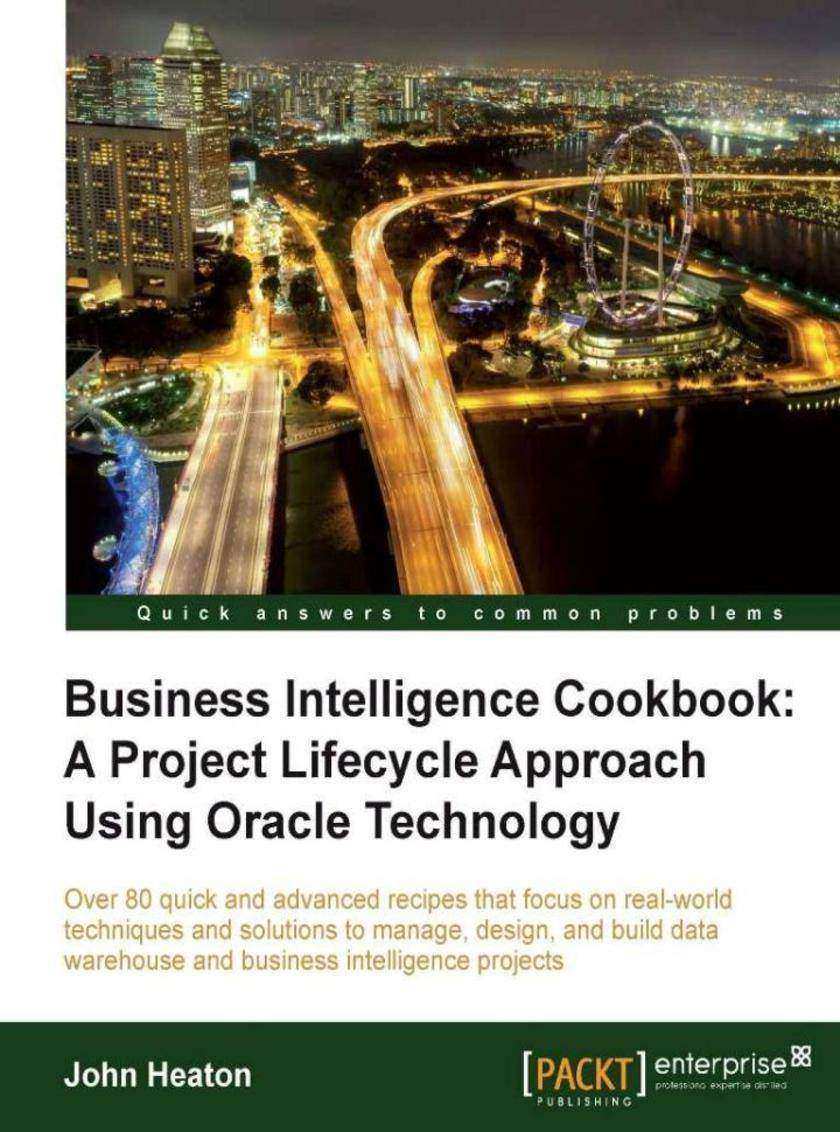
Business Intelligence: A Project Lifecycle Approach Using Oracle Technology Cook
¥107.90
This book is written in a simple, easy to understand format with lots of screenshots and step-by-step explanations. If you are Project Managers or IT professionals looking to design and develop a data warehouse and business intelligence solution, then this is the best guide for you. This book assumes that you have a fundamental knowledge of data warehouse and business intelligence projects.
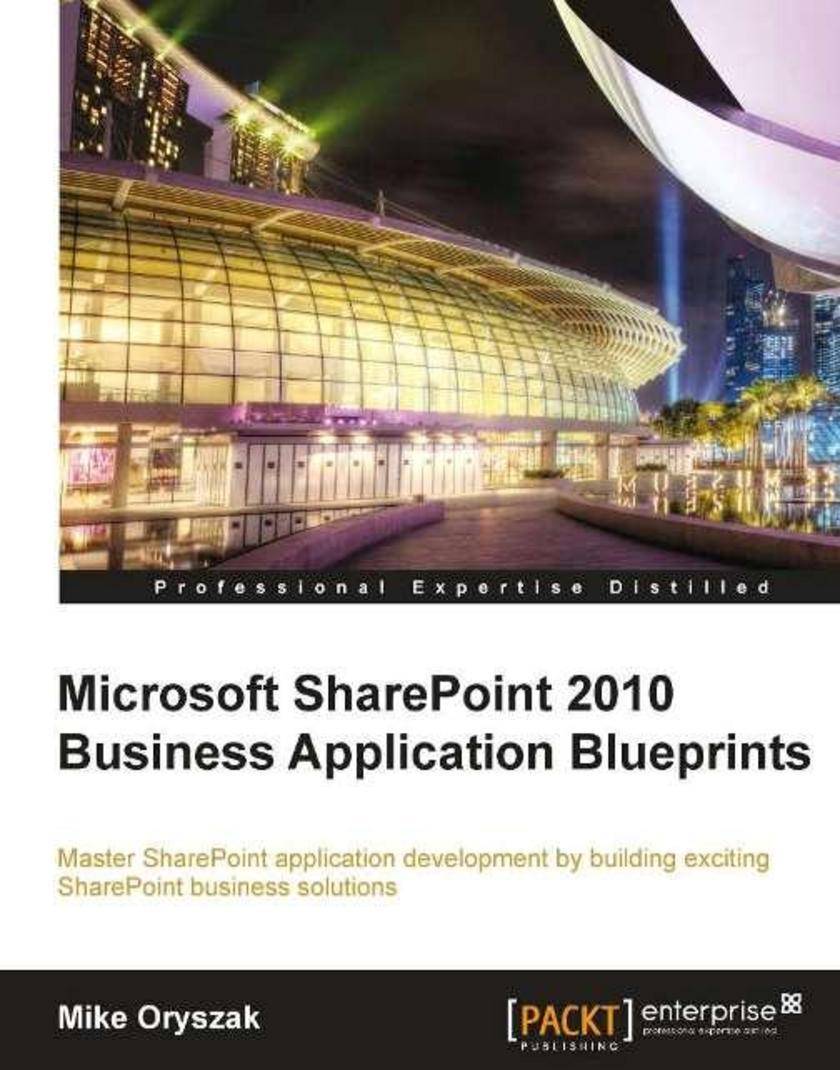
Microsoft SharePoint 2010 Business Application Blueprints
¥80.65
The hands-on example solutions in this book are based on fictitious business development briefs, and they illustrate practical ways of using SharePoint in various business scenarios. A chapter is dedicated to each example SharePoint solution covering step-by-step instructions for building the SharePoint solutions, aided by the extensive use of screenshots. This book is for SharePoint developers, consultants, and administrators who want to build a range of SharePoint solutions that extend the SharePoint platform, and see how to apply the many available SharePoint features in different scenarios.

MCTS: Microsoft Silverlight 4 Development (70-506) Certification Guide
¥107.90
This book is a hands-on certification guide with practical examples and Q&As to help .NET developers prepare for and pass the (70-506): TS: Microsoft Silverlight 4 Development exam. If you are a .NET developer who wants to create and maintain rich interactive applications (RIA) using Silverlight 4, then this book is for you. Basic experience of Silverlight development, Microsoft .NET development, and consuming data services is required.
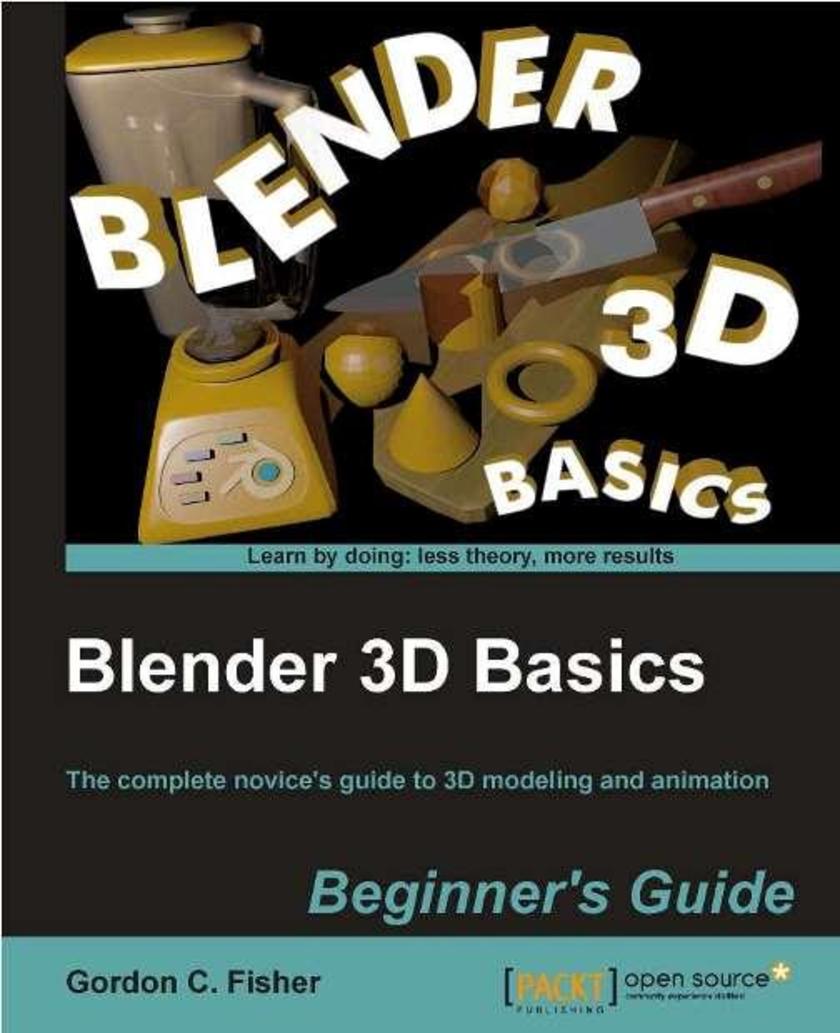
Blender 3D Basics
¥90.46
Written in a step by step tutorial style, learning comes as a result of creating the fully animated scene and the explanations that follow each stage. Blender 3D Basics is great for anyone who is new to Blender or new to 3D.
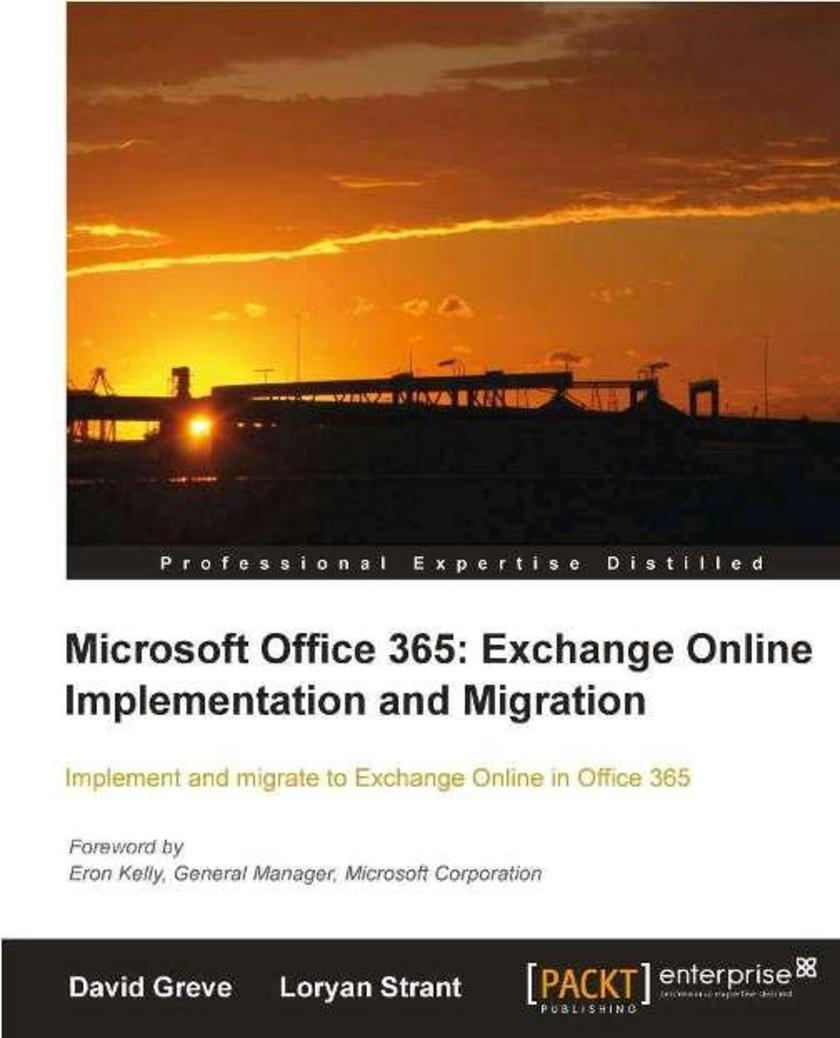
Microsoft Office 365: Exchange Online Implementation and Migration
¥71.93
A practical, hands-on tutorial that shows small businesses to enterprises how to implement and migrate to Exchange Online in Office 365. If you are an information technology (IT) professional; administrator, small business owner, manager or consultant who needs to implement and migrate to Exchange Online in Office 365 within your business, then this book is for you. Knowledge of Microsoft Office 365 is not required, however, experience with Microsoft Exchange Server and mail clients, role and delegation concept is required.

Microsoft SQL Server 2012 Integration Services: An Expert Cookbook
¥80.65
This book is written in a simple, easy to understand format with lots of screenshots and step-by-step explanations. If you are an SQL database administrator or developer looking to explore all the aspects of SSIS and need to use SSIS in the data transfer parts of systems, then this is the best guide for you. Basic understanding of working with SQL Server Integration Services is required.
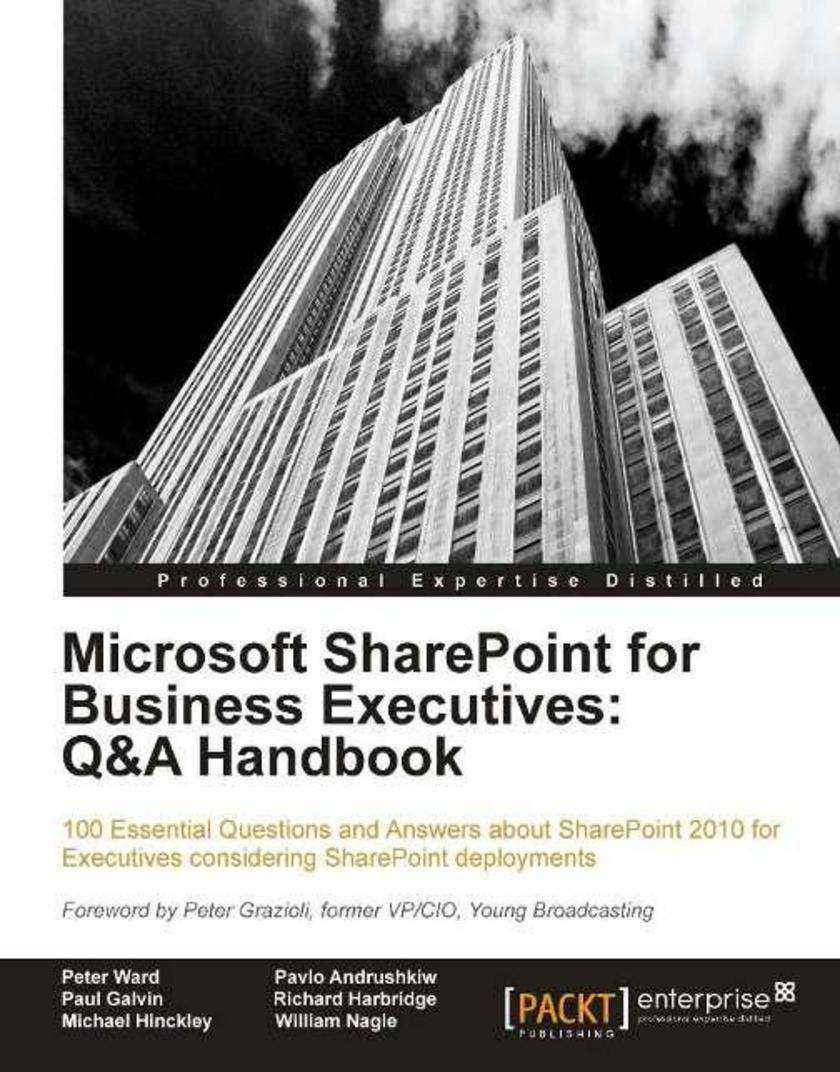
Microsoft SharePoint for Business Executives: Q&A Handbook
¥71.93
“Microsoft SharePoint for Business Executives: Q&A Handbook” is a quick, non-technical reference for business executives who need to get up to speed with SharePoint and understand how to make the right decision about implementations. With an easy to absorb Q&A approach and short bite size chapters focused on defined SharePoint subjects, the book follows specific SharePoint situations drawn from real world experience, enabling you to learn from anecdotes and case studies along the way. “Microsoft SharePoint for Business Executives: Q&A Handbook” is the perfect companion for business executives or non-technical team leaders who don’t want to trawl through a detailed, hands-on functionality guide to get up to speed with SharePoint. If you simply need to understand important implementation decisions or have the confidence to challenge your technical team on an approach, this book will prepare you to ask the right questions and make the right decisions. No prior knowledge of SharePoint is required.

Advanced Penetration Testing for Highly-Secured Environments
¥107.90
An intensive hands-on guide to perform professional penetration testing for highly-secured environments from start to finish. You will learn to provide penetration testing services to clients with mature security infrastructure. Understand how to perform each stage of the penetration test by gaining hands-on experience in performing attacks that mimic those seen in the wild. In the end, take the challenge and perform a virtual penetration test against a fictional corporation. If you are looking for guidance and detailed instructions on how to perform a penetration test from start to finish, are looking to build out your own penetration testing lab, or are looking to improve on your existing penetration testing skills, this book is for you. Although the books attempts to accommodate those that are still new to the penetration testing field, experienced testers should be able to gain knowledge and hands-on experience as well. The book does assume that you have some experience in web application testing and as such the chapter regarding this subject may require you to understand the basic concepts of web security. The reader should also be familiar with basic IT concepts, and commonly used protocols such as TCP/IP.

Oracle Advanced PL/SQL Developer Professional Guide
¥107.90
This book is packed with real world examples that cover all the advanced features of PL/SQL. In turn, each major certification topic is covered in a separate chapter that makes understanding concepts easier. At the end of each chapter, you will find plenty of practice questions to strengthen and test your learning.If you are a PL/SQL developer looking for deeper insight and a move from mid-level programmer to professional database developer, then this is the best guide for you. This book is also an ideal guide for all the Associate level PL/SQL programmers who are preparing for the Professional 1Z0-146 certification. This book assumes you have prior knowledge of PL/SQL programming.
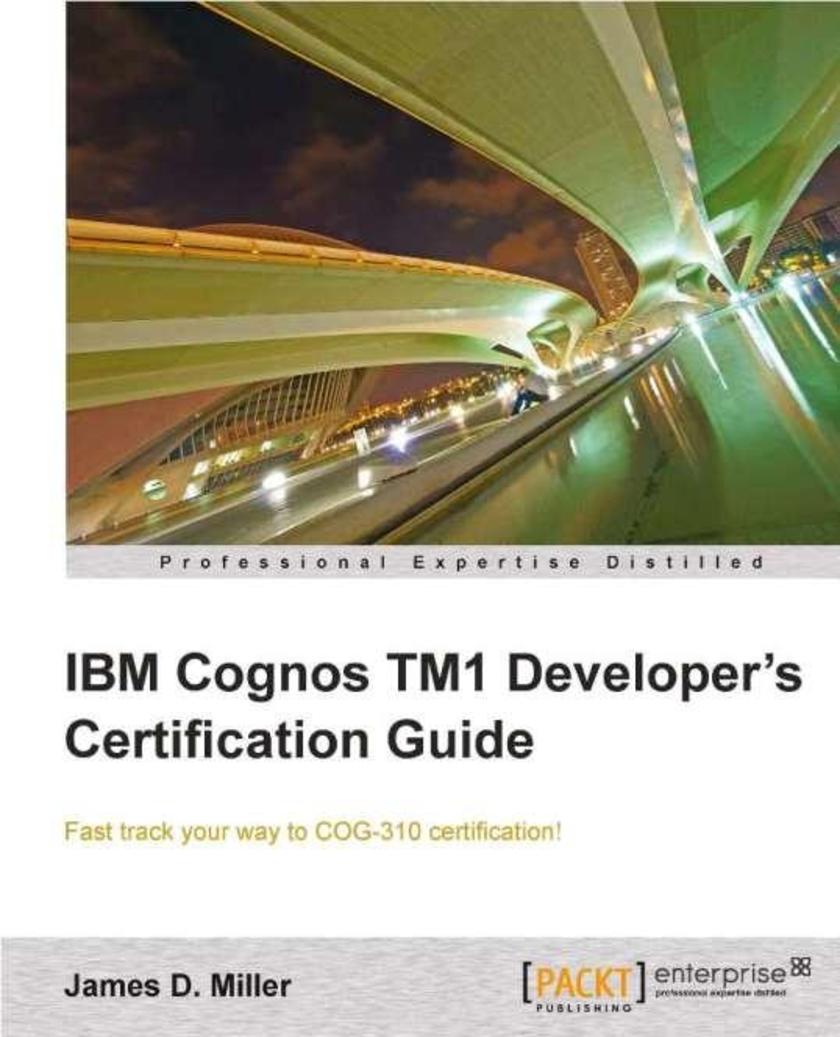
IBM Cognos TM1 Developers Certification guide
¥116.62
This book is packed with real word examples. Each major certification topic is covered in a separate chapter, which helps to make understanding of concepts easier. At the end of each chapter, you will find a variety of practice questions to strengthen and test your learning. If you are a beginner to intermediate level Cognos TM1 developer looking to add an important IBM certification to your resume but don’t know where to start, this book is for you!
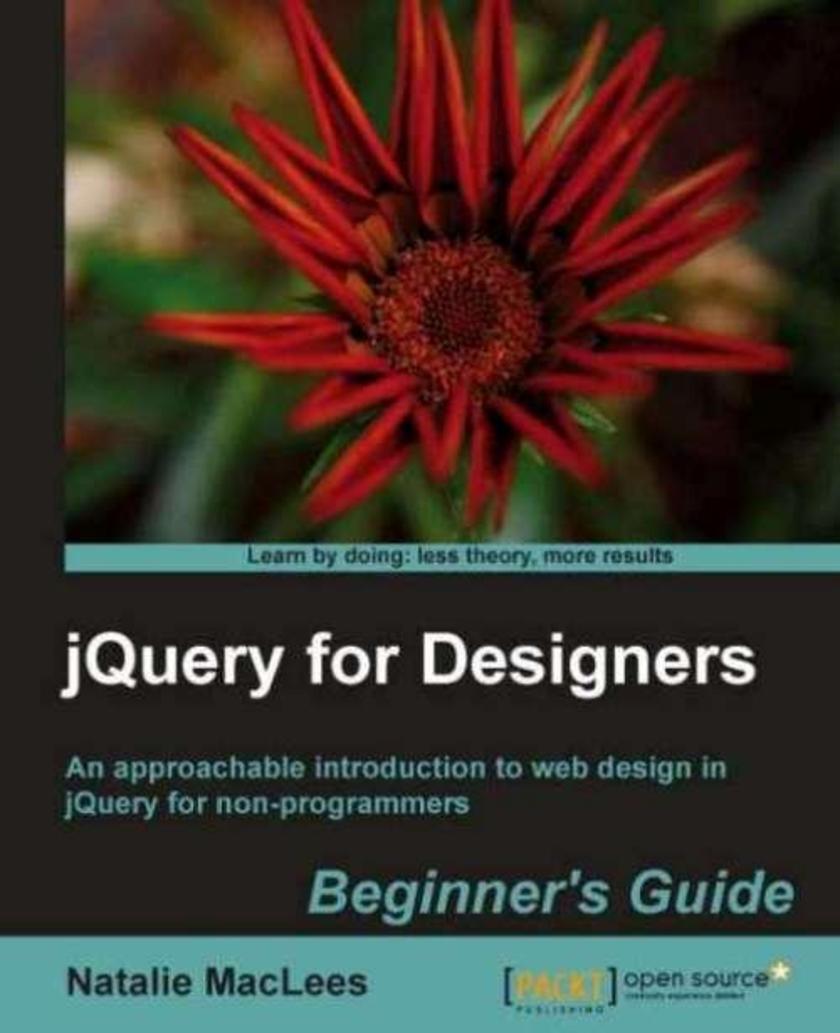
jQuery for Designers: Beginner’s Guide
¥71.93
Part of Packt’s Beginner’s Guide series, each chapter focuses on a specific part of your website and how to improve its design with the use of jQuery. There are plenty of screenshots and practical step-by-step instructions making it easy to apply jQuery to your site. This book is for designers who have the basics of HTML and CSS, but want to extend their knowledge by learning to use JavaScript and jQuery.

Corona SDK Mobile Game Development
¥90.46
You will learn by doing. First a brief crash course in Lua and Corona. Once this is done you will be thrown straight into creating fully functional complete games chapter by chapter. Certain chapters are reserved for adding advanced features such as multiple device integration, social networking and monetization. This book is for anyone who wants to have a go at creating commercially successfully games for Android and iOS. You don’t need game development or programming experience.
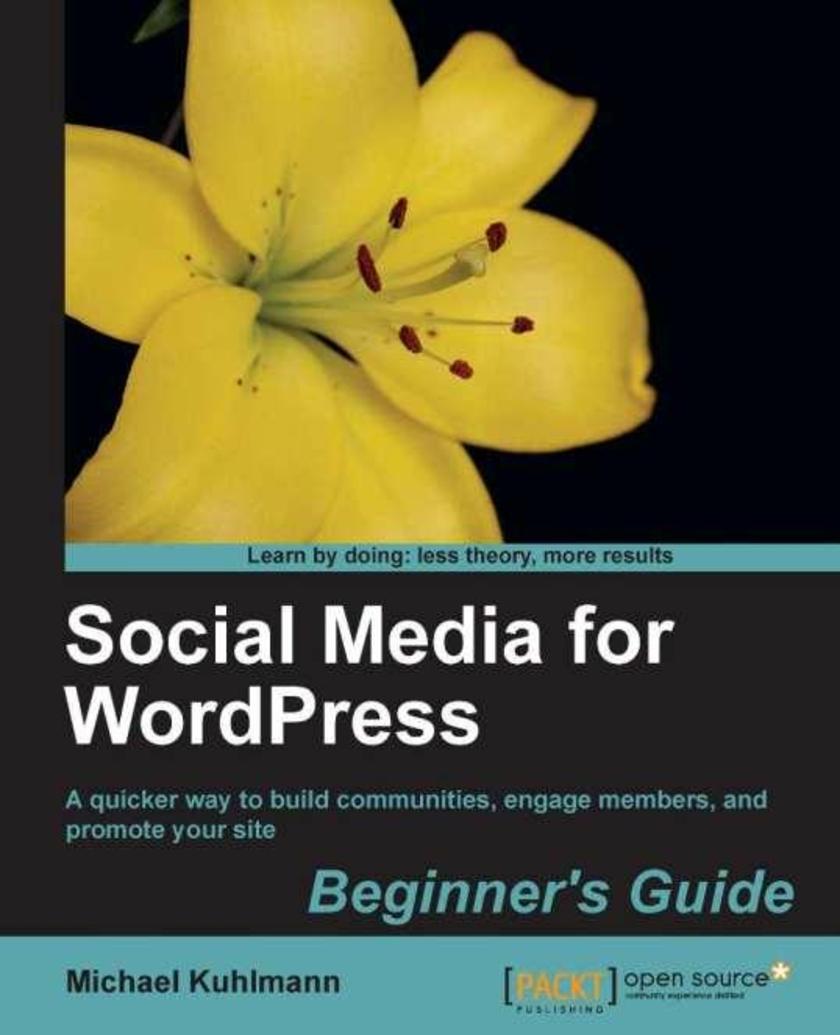
Social Media for WordPress: Build Communities, Engage Members and Promote Your S
¥45.77
Fast paced, quick to read, impossible to put down, this book is a complete plan for social engagement on the web. You’ve heard plenty of social media success stories. You know your WordPress site inside and out, but you want help. Stop right now and pick up a copy of this book.
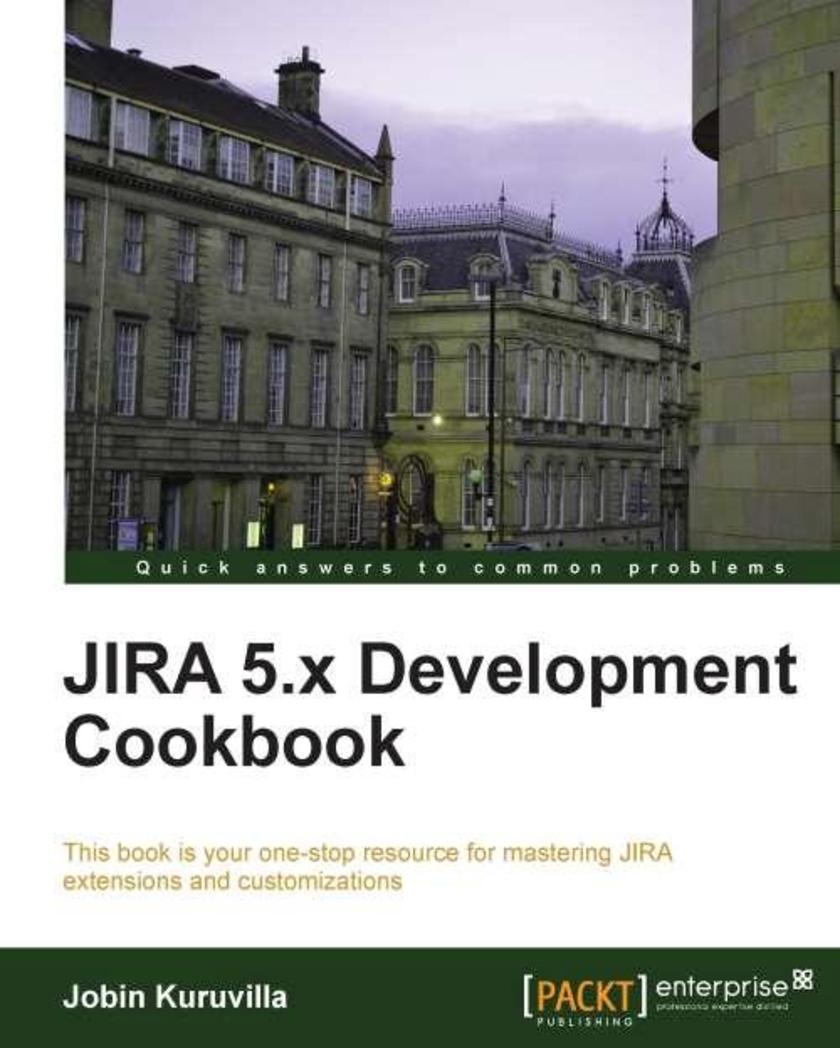
JIRA 5.x Development Cookbook
¥107.90
"JIRA 5.x Development Cookbook" is part of Packt's Cookbook series. A Packt Cookbook contains step-by-step recipes for solutions to the most important problems you face when working with a topic. Inside this Cookbook you will find: A straightforward and easy-to-follow format, A selection of the most important tasks and problems, Carefully organized instructions for solving the problem efficiently, Clear explanations of what you did, Details for applying the solution to other situations. If you are a JIRA developer or project manager who wants to fully exploit the exciting capabilities of JIRA, then this is the perfect book for you.
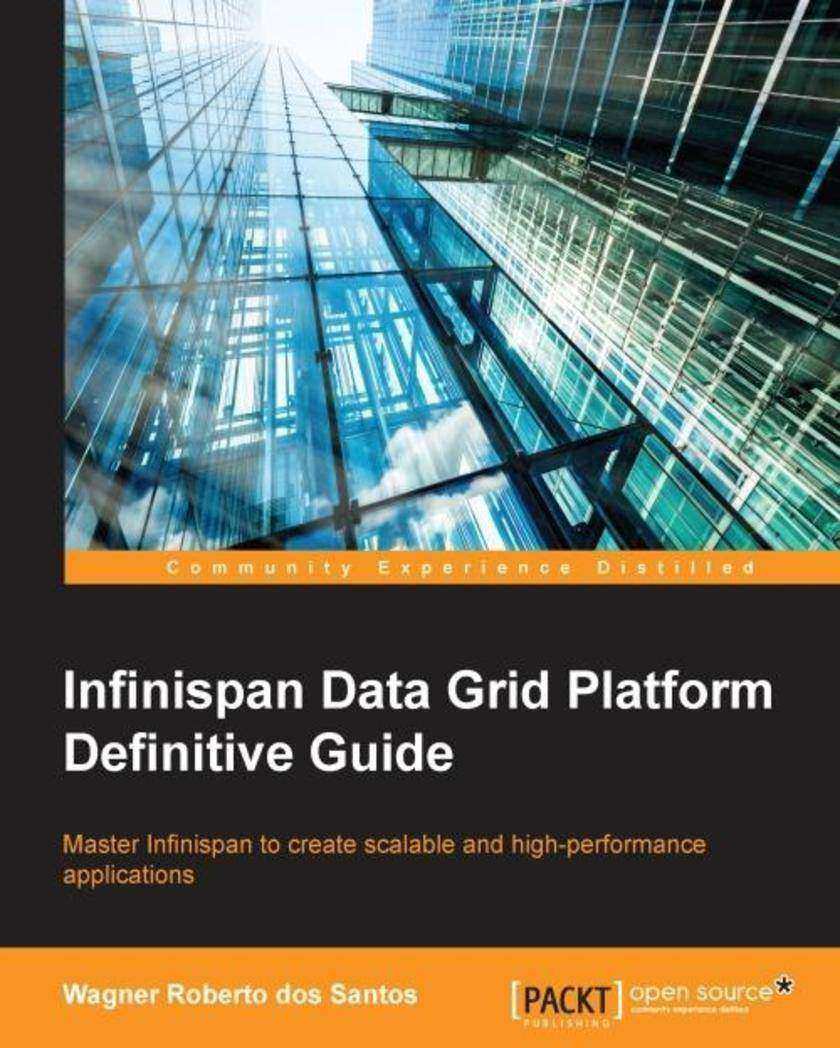
Infinispan Data Grid Platform Definitive Guide
¥80.65
This practical guide is intended for those who want to learn how to build extremely scalable applications. This book is easy to read and is aimed at Java enterprise developers with a solid knowledge of Java. However, no previous coding experience with Infinispan is required.
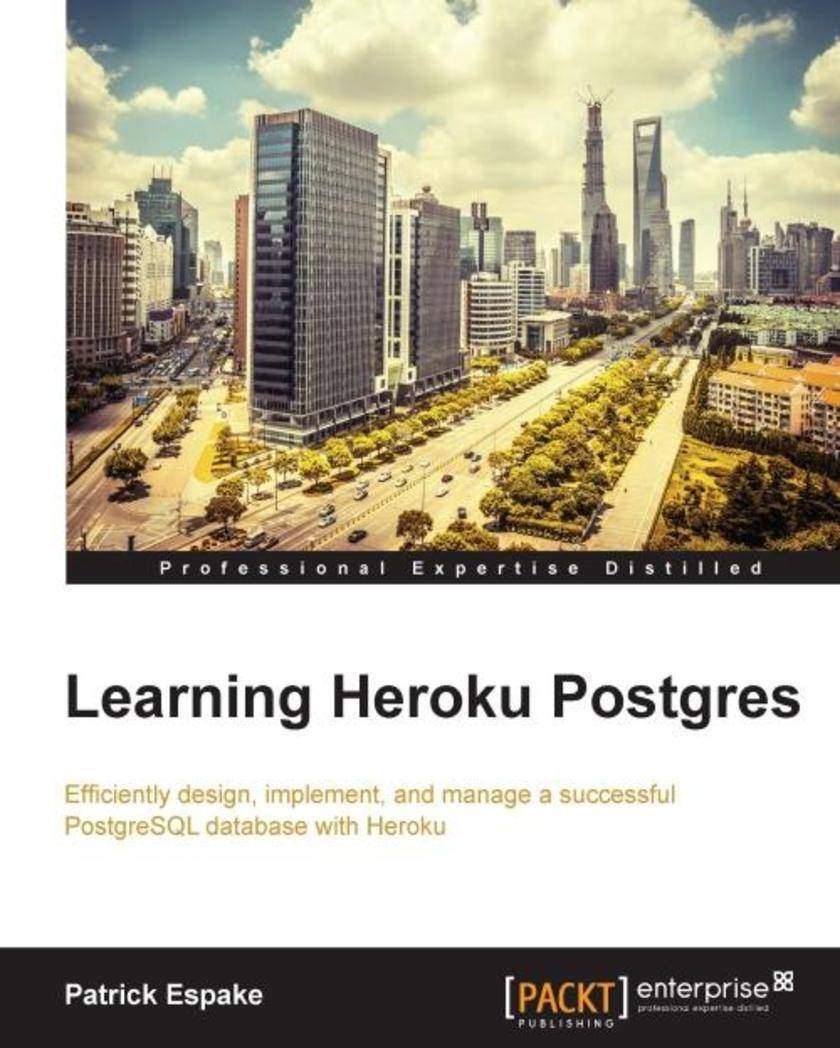
Learning Heroku Postgres
¥54.49
Learning Heroku Postgres is targeted at developers and database admins. Even if you're new to Heroku Postgres, you'll be able to master both the basic as well as advanced features of Heroku Postgres. Since Heroku Postgres is incredibly user-friendly, no previous experience in computer coding or programming is required.
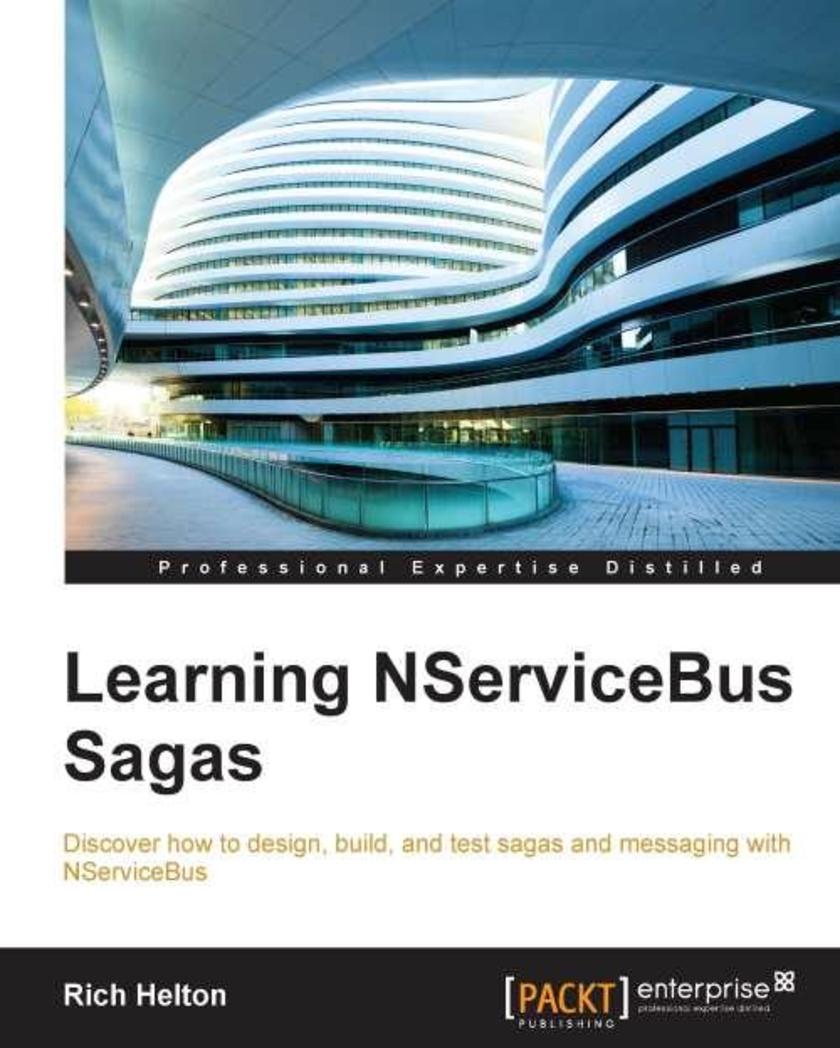
Learning NServiceBus Sagas
¥54.49
If you are an Enterprise C# developer who wishes to extend your knowledge of NServiceBus and Enterprise Service Bus in C#, this is the book for you. This book is designed to enhance the education of ESBs and their messaging, whether you are a beginner or a seasoned expert in Enterprise C#, Apex, and Visualforce pages.
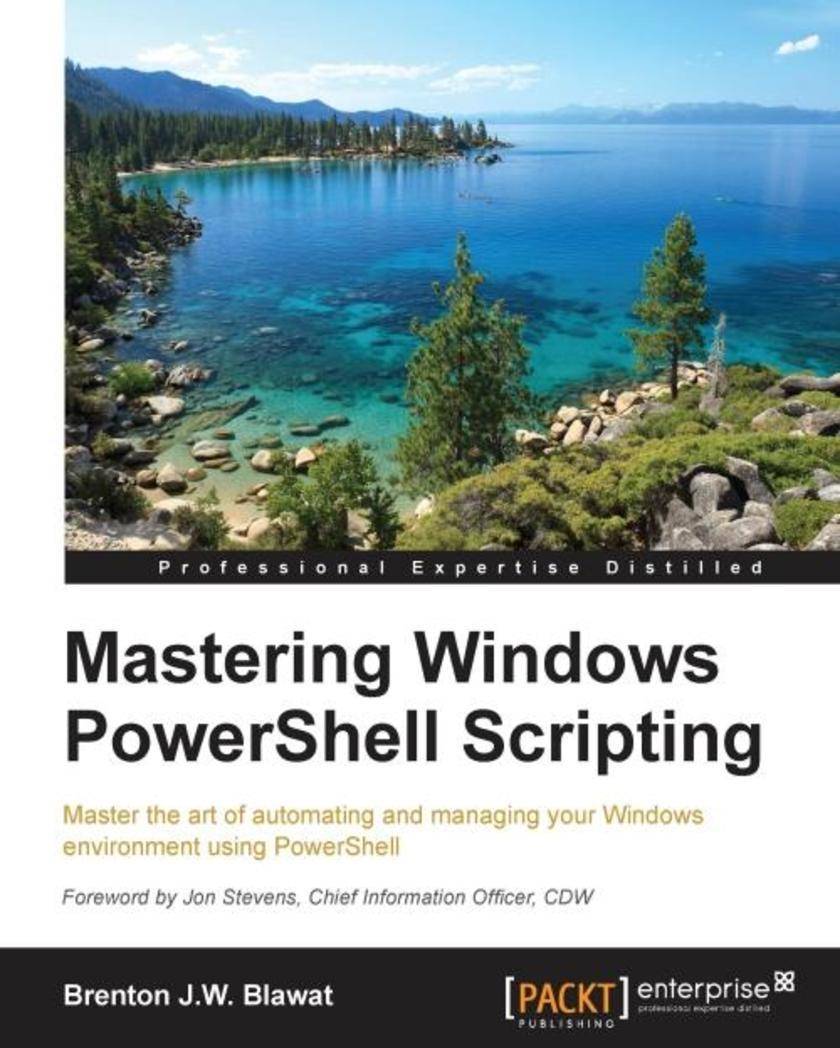
Mastering Windows PowerShell Scripting
¥90.46
If you are a system administrator who wants to become an expert in controlling and automating your Windows environment, then this book is for you. Prior knowledge of PowerShell's core elements and applications is required for this book.
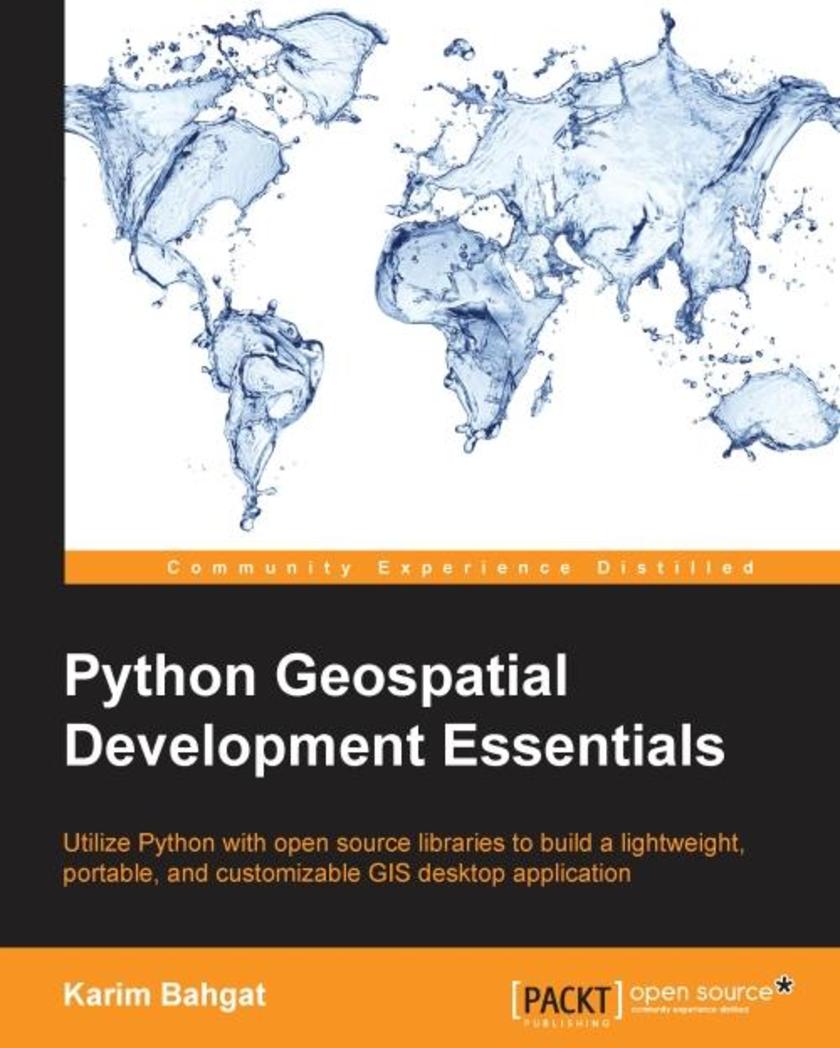
Python Geospatial Development Essentials
¥54.49
This book is ideal for Python programmers who are tasked with or wish to make a special-purpose GIS application. Analysts, political scientists, geographers, and GIS specialists seeking a creative platform to experiment with cutting-edge spatial analysis, but who are still only beginners in Python, will also find this book beneficial. Familiarity with Tkinter application development in Python is preferable but not mandatory.
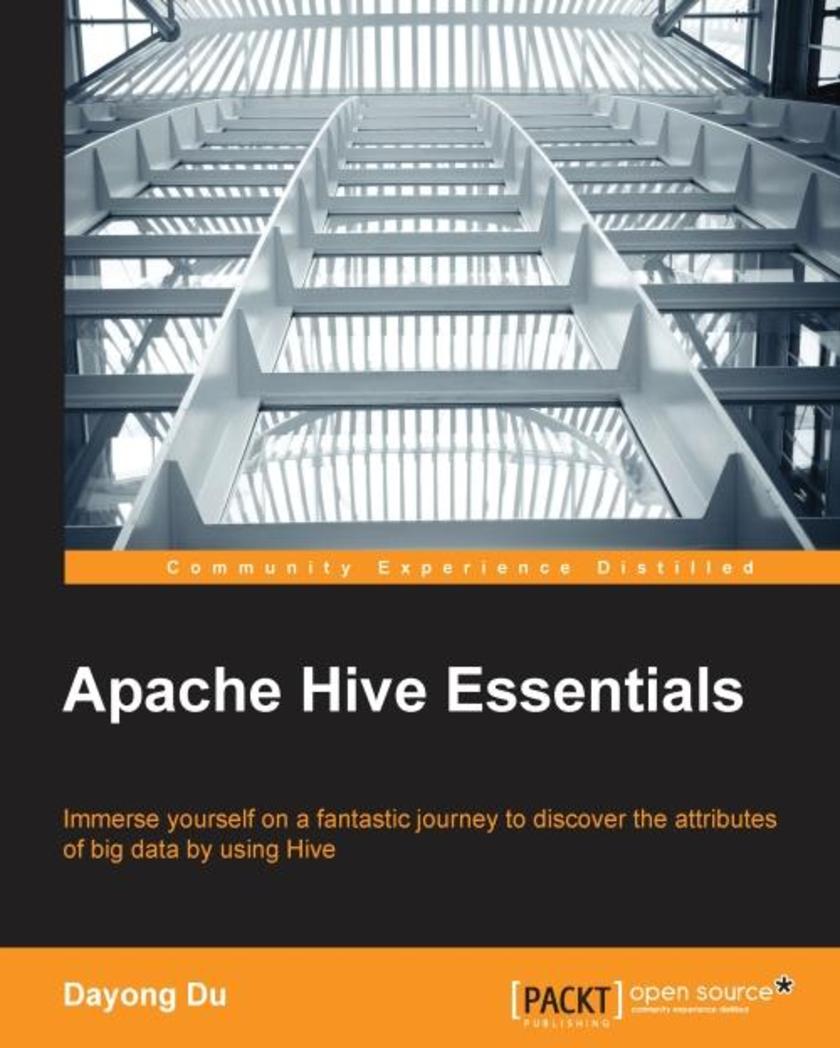
Apache Hive Essentials
¥71.93
If you are a data analyst, developer, or simply someone who wants to use Hive to explore and analyze data in Hadoop, this is the book for you. Whether you are new to big data or an expert, with this book, you will be able to master both the basic and the advanced features of Hive. Since Hive is an SQL-like language, some previous experience with the SQL language and databases is useful to have a better understanding of this book.
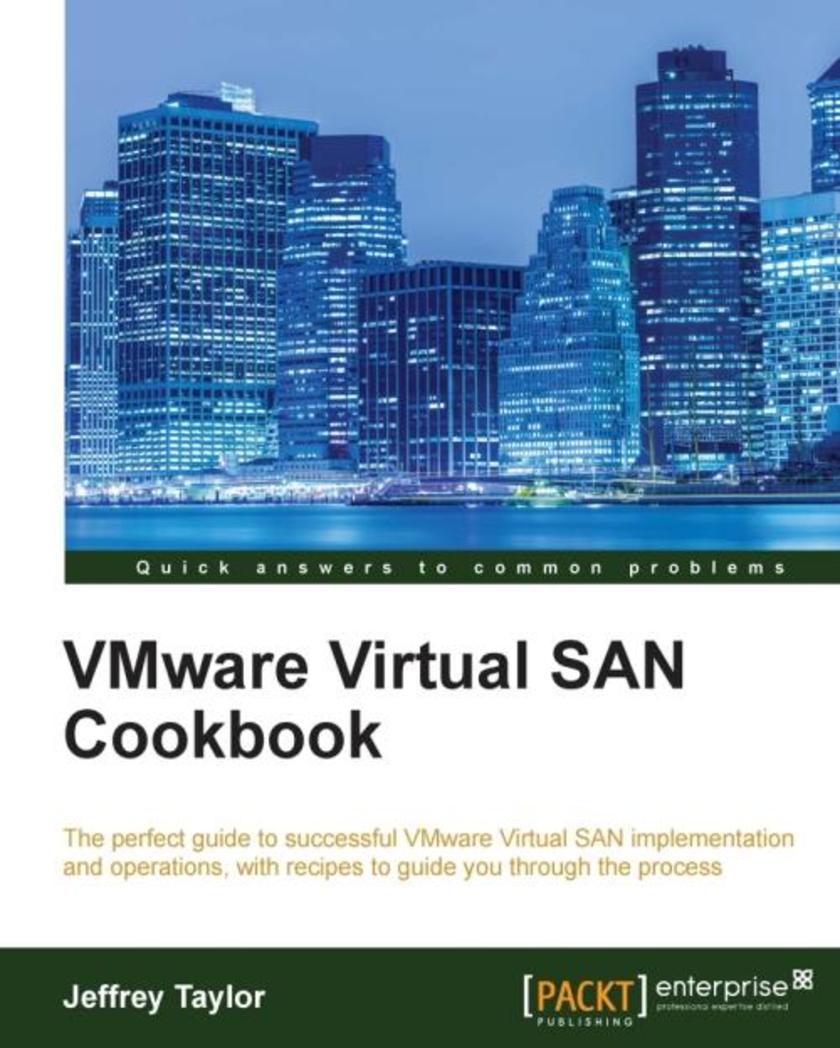
VMware Virtual SAN Cookbook
¥71.93
If you are an administrator of a VMware vSphere infrastructure who wants to simplify storage delivery by integrating storage into vSphere, Virtual SAN is for you. No extensive storage background is needed as VMware Virtual SAN integrates into the existing vSphere solutions with which you are already familiar.




 购物车
购物车 个人中心
个人中心



